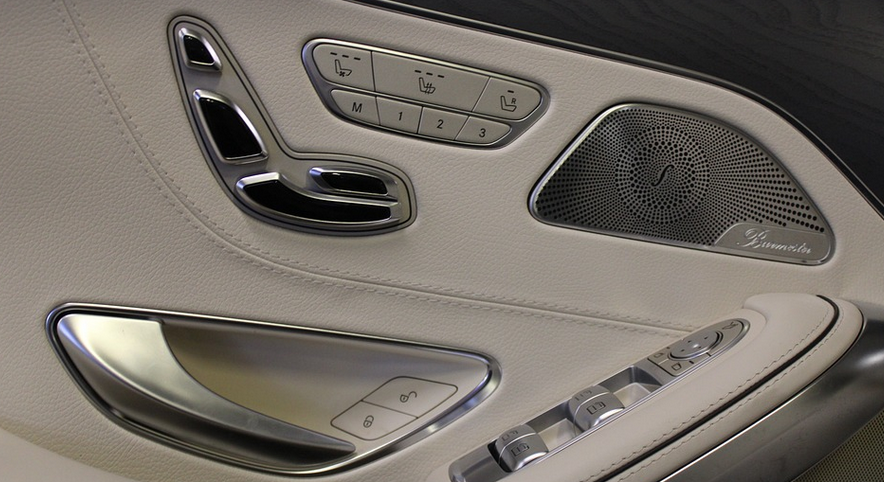The Magic Behind Making Sense of It All
Ever felt like the world is a bit of a mystery, full of questions that just won’t go away? Like you’re constantly trying to crack a code but never quite getting to the bottom of it? Well, here’s the thing: you’re not alone. And there’s a reason why we call it “science.” It’s about unraveling those mysteries, one step at a time, using a toolbox called the scientific method.
Imagine you have a giant puzzle, with millions of pieces that seem to be scattered everywhere. The world is full of these puzzles, from understanding why the sky is blue to figuring out how our bodies work. But here’s the magic: by using the scientific method, we can start to sort through all those pieces and create something new, even more fascinating than the original puzzle.
Let’s break down this amazing tool, called the scientific method, into a few key ingredients that make it work as well as a finely tuned culinary masterpiece: observation, experimentation, analysis, and drawing conclusions.
Observation: The Eyes Before the Ears
The first step is all about looking. You’ve got to get curious! Observe your world around you—and by “observe,” I mean really pay attention. What are the things that grab your attention, make you say “Why?” or “How come?” Start jotting down those questions in a notebook. Maybe you notice how wind affects leaves on trees, or why some bugs love to congregate near flowers. These observations form the foundation for everything else we will do.
What makes an observation powerful is its ability to spark curiosity and ignite your desire to understand something better. A single question like, “Why does ice float?” can lead you down a fascinating path of investigation, opening doors to understanding something about the world around us.
Experimentation: Putting Your Observation to Work
Now that you’ve got your questions swirling in your head, it’s time for action! This is where experimentation comes into play. We don’t want to just sit back and wait for answers to fall from the sky; instead, we actively participate in shaping our understanding of things. How do we experiment? Let’s say your question was “Why does ice float?” You could try this out! Start with a basic setup: fill a beaker with some water (you can use water you have at home), and then add an ice cube to it. Now, what happens?
What you do is not just about testing your hypotheses, but also about learning by doing. You start exploring, making adjustments, and seeing how things change or stay the same. This process often involves a bit of trial-and-error – sometimes things work as expected, and other times, they don’t. But that’s okay; it’s all part of the fun of discovery!
Analysis: The Art of Breaking Down the Pieces
As you continue to experiment, you start to get tons of raw data—information gathered through observations and experiments. This is where the art of analysis comes in. It’s like taking all those pieces of your puzzle and starting to sort them out, understand their connections, and see how they fit together. You could sketch graphs, charts, or tables to show your findings.
Analysis can be as simple as listing down the results you got from your experiment, or it can involve using statistical tools like averages, percentages, and different types of tests. You might use this information to identify patterns or even discover new connections you didn’t expect!
Conclusion: Turning Answers into Real-World Impact
Finally, after analyzing all the data and observations, it’s time for the big reveal—the conclusion! Here’s where you put your findings together into a coherent explanation of what you discovered. But don’t forget, it’s not about simply stating the obvious; instead, aim to explain why these answers are important in context. Are your conclusions supported by your own observations and experiments? Where will this lead? The scientific method encourages you to think critically and connect your findings with real-world applications.
The conclusion is a stepping stone toward action. It’s an invitation to share what you learned, perhaps even help others learn the same thing! You might write reports, give presentations, or start conversations that spark interest in scientific exploration.
It’s All About the Journey
Exploring answers through science isn’t just about finding the right answer; it’s more about the journey of discovery itself. The questions we ask, the experiments we design, and how we analyze our findings—all play vital roles in shaping our understanding of the world. And that’s what makes science so exciting!
Remember, the scientific method is a flexible tool, one you can use to tackle any question or mystery. As you continue on your journey through the world of science, keep asking “Why?” and be curious! You might just unlock some amazing discoveries along the way.
